Exercise
Patella tendon rehabilitation focuses on reducing knee pain and restoring strength in the tendon that connects the kneecap to the shinbone. These exercises are ideal for athletes, runners, and those with active lifestyles prone to knee strain. Improve knee stability, support recovery, and prevent future injury
Iliacus and psoas activation exercises target the primary hip flexors, essential for core stability and smooth hip movement. Ideal for individuals with sedentary jobs, athletes, and anyone aiming to improve posture and reduce lower back strain. Strengthen these deep muscles for enhanced flexibility and core support.
Sciatic nerve glides help relieve tension along the sciatic nerve pathway, reducing discomfort in the lower back, glutes, and legs. Perfect for those with sciatica, desk workers, and anyone experiencing nerve-related pain or stiffness. Promote flexibility and ease of movement with these gentle, targeted exercises.
Sciatic nerve glides in a seated position target sciatica and nerve pain radiating down the leg, providing relief and improving mobility. Ideal for desk workers, drivers, or anyone with sciatic discomfort, these exercises help ease tension along the nerve, promoting comfort and flexibility in daily activities.
Ulnar nerve glides target numbness and tingling in the arm and hand, often caused by nerve compression or prolonged arm positioning. Ideal for desk workers, athletes, and anyone experiencing hand discomfort, these exercises help reduce nerve tension, enhancing comfort and mobility in the arm and hand.
Median nerve glides alleviate numbness and tingling in the arm and hand, often due to conditions like carpal tunnel syndrome. Perfect for desk workers, manual laborers, and anyone experiencing hand discomfort, these exercises help relieve nerve compression, promoting improved sensation and mobility in the arm and hand.
Radial nerve glides help reduce numbness and tingling in the arm and hand, often linked to nerve compression from repetitive movements or prolonged positioning. Ideal for desk workers, athletes, and individuals with hand discomfort, these exercises target radial nerve tension, improving flexibility and comfort throughout the arm.
The sidelying clamshell exercise strengthens the hip gluteal muscles, enhancing balance and stability. Perfect for individuals recovering from hip injuries, athletes, and those aiming to improve lower body strength, this exercise supports hip alignment, aids in injury prevention, and boosts functional movement.
Supine glute bridges with a band around the legs activate and strengthen the hip glutes, essential for back pain prevention and improved stability. Ideal for those with lower back discomfort, athletes, and individuals seeking core and hip support, this exercise promotes strong glutes to protect the lower back and enhance posture.
The glute bridge on a stability ball engages and strengthens the glutes and core, promoting balance and back support. Ideal for individuals aiming to improve hip stability, reduce lower back strain, and enhance overall core strength, this exercise builds functional stability and boosts glute activation.
The 4-point kneeling hip extension with a resistance band targets glute and hip strength, improving stability and control. Ideal for athletes, those rehabbing hip or lower back issues, and anyone looking to enhance core support, this exercise promotes hip alignment and balanced muscle activation.
Sitting on a stability ball for hip flexor activation engages the core and strengthens pelvic floor endurance, supporting posture and stability. Ideal for individuals seeking improved balance, core control, and lower body strength, this exercise enhances core endurance and promotes pelvic alignment.
The supine hip activation exercise targets groin muscles to improve strength and stability in the hip area. Ideal for individuals recovering from groin injuries, athletes, and anyone looking to enhance hip flexibility, this exercise supports balanced movement and reduces strain on the inner thigh and hip.
Prone shoulder blade coordination exercises improve shoulder stability and strengthen the upper back muscles. Perfect for individuals recovering from shoulder injuries, athletes, and those with postural issues, this exercise enhances scapular control, supports shoulder alignment, and promotes balanced movement.
Shoulder rotator cuff strengthening in the shoulder-abduction position targets stability and control in the shoulder joint, enhancing functional strength. Ideal for athletes, individuals recovering from shoulder injuries, and those seeking improved upper body stability, this exercise supports joint alignment and reduces injury risk.
The side plank exercise builds shoulder stability and core strength, essential for balanced upper body control. Ideal for athletes, individuals rehabbing shoulder injuries, and anyone aiming to improve posture, this exercise enhances shoulder endurance, supports joint alignment, and promotes full-body stability.
The lying sciatic nerve glide stretch helps relieve tension along the sciatic nerve, reducing pain and improving flexibility in the lower back, glutes, and legs. Ideal for those with sciatica or nerve-related discomfort, this exercise promotes gentle nerve mobility, easing stiffness and enhancing comfort in daily activities.
The hip and back advanced strengthening exercise targets core stability and lower body strength, essential for supporting functional movement and reducing injury risk. Ideal for newly pregnant women who are recovering from back issues, and anyone looking to improve overall stability. This exercise enhances hip power and back endurance for improved performance and resilience.
Side-lying shoulder stretches improve shoulder flexibility and release tension in the upper back and chest. Ideal for individuals with tight shoulders, desk workers, and those aiming to enhance upper body mobility, this exercise promotes relaxed shoulder alignment and eases muscle stiffness.
The reverse butterfly exercise targets the upper back muscles, enhancing posture and shoulder stability. Ideal for individuals with rounded shoulders, desk workers, and those aiming to strengthen their upper back, this exercise improves shoulder alignment, reduces strain, and promotes balanced upper body strength.
Returning to running after recovery requires a gradual approach to prevent re-injury and rebuild strength. Key tips include starting with low-impact intervals, focusing on form and cadence, incorporating strength exercises, and allowing adequate rest. This guide is ideal for runners looking to ease back into their routine safely, ensuring a steady and sustainable return to peak performance.
The Running Man with Trunk Rotation exercise activates and strengthens the side glute muscles, improving hip stability and core control. Perfect for runners, athletes, and individuals looking to enhance lateral hip strength, this dynamic movement promotes balance, coordination, and injury prevention in the lower body.
The seated trunk rotation against a resistance band targets back and core muscles, enhancing rotational strength and control. Ideal for athletes, golfers, cricketers, individuals with back discomfort, and anyone aiming to improve core stability, this exercise builds resilience in the spine and promotes balanced movement.
The seated back twist stretch relieves tension and improves mobility in the spine, making it ideal for office workers who sit for extended periods. This stretch promotes spinal flexibility, reduces stiffness, and supports better posture, helping you feel more comfortable throughout the day.
The hamstring bridge on a gym ball strengthens the hamstrings and glutes, crucial for stability and injury prevention in soccer players. This exercise is ideal for rehabbing and conditioning, promoting hamstring resilience, balance, and power essential for peak performance on the field.
The seated-on-ball pull-ups against a resistance band exercise targets back and hip strength, making it effective for rehabilitation. Ideal for improving stability and control, this movement supports back alignment, strengthens hip muscles, and enhances core engagement for a balanced recovery.
The seated knee extension exercise targets the quadriceps, helping to relieve pain in the front of the knee. Ideal for individuals with knee discomfort or those in rehab, this movement strengthens knee support, promotes alignment, and aids in reducing strain on the patellar tendon.



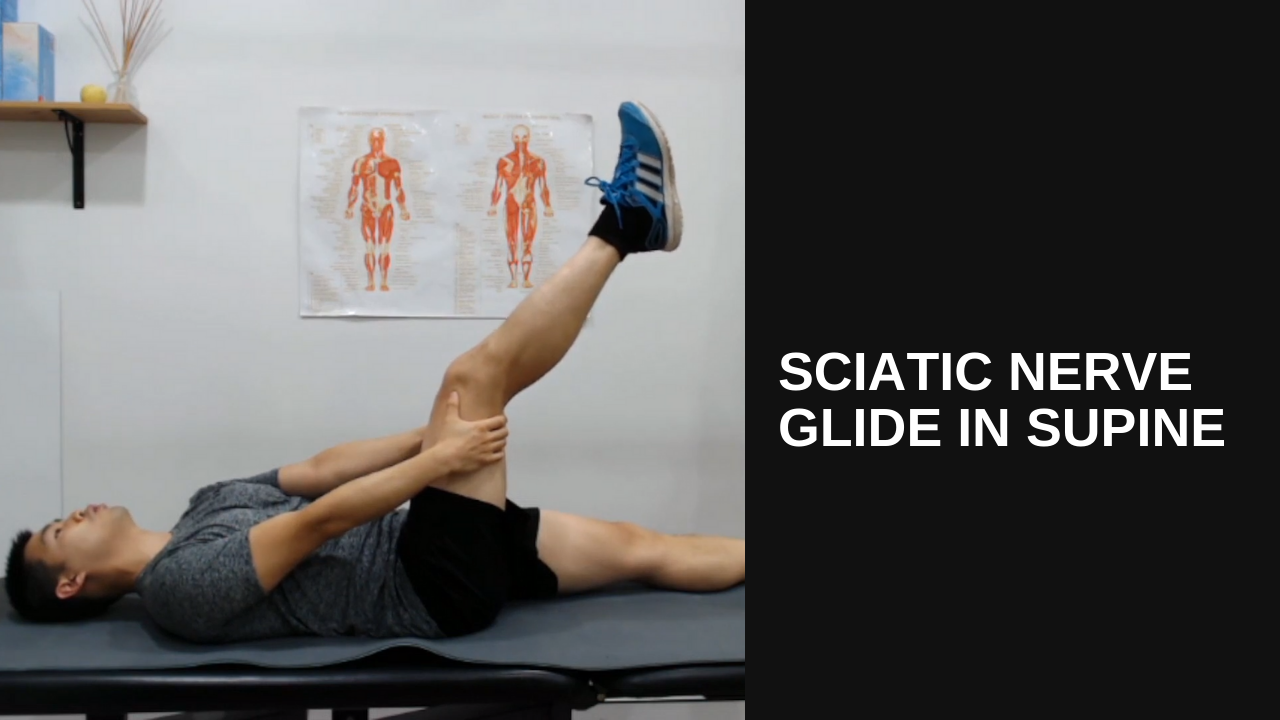





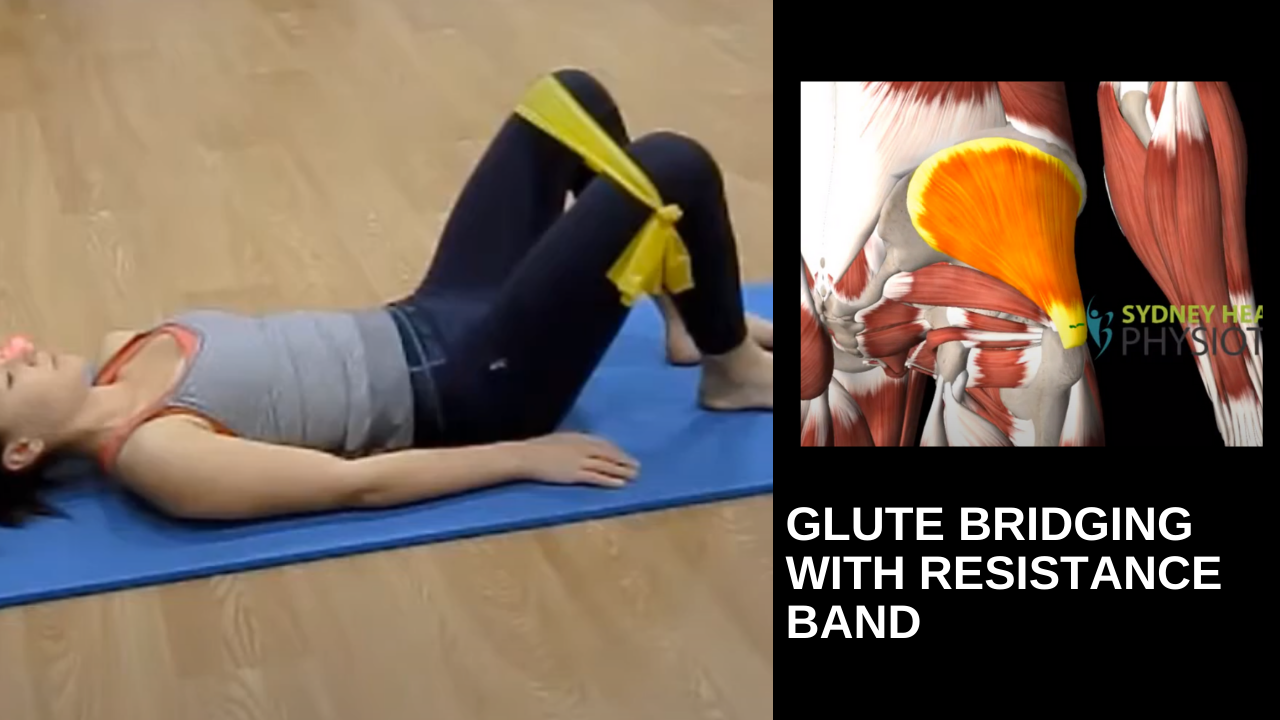

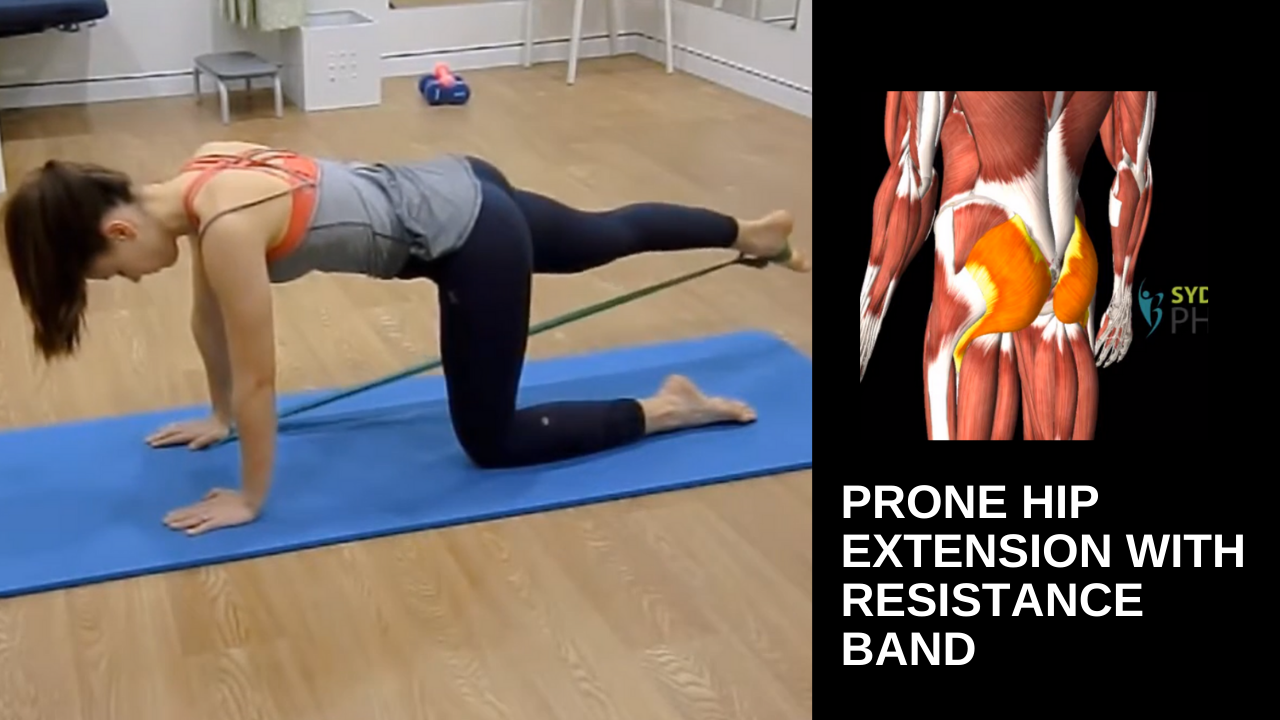





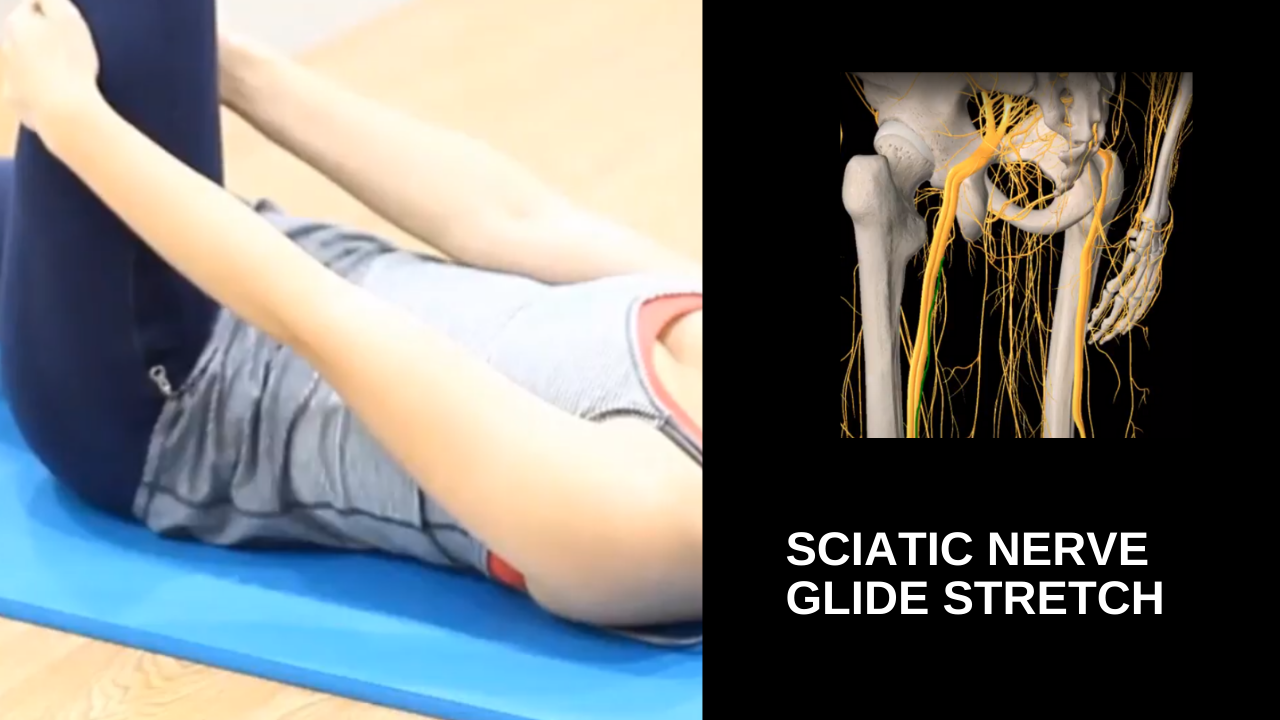






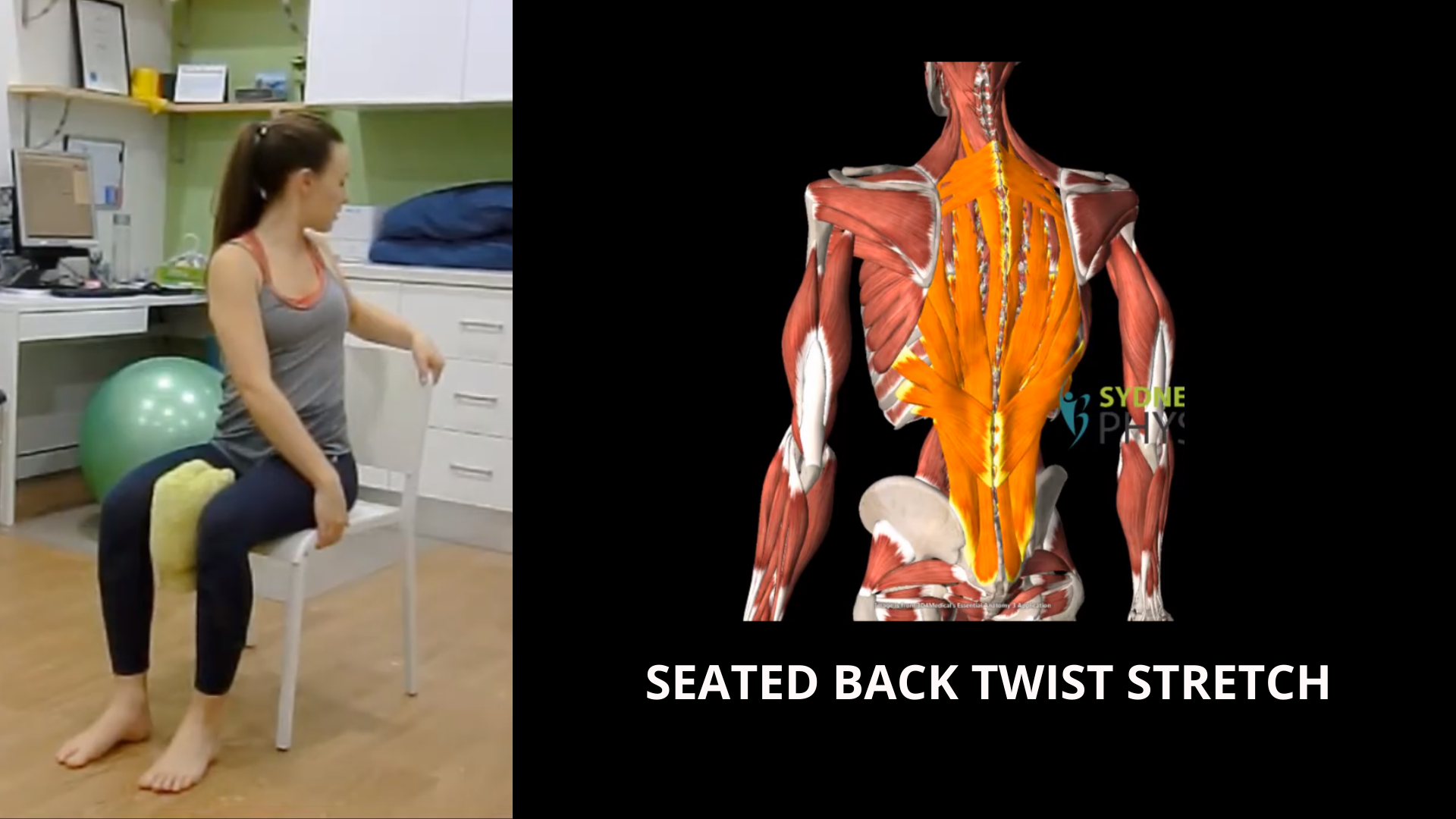


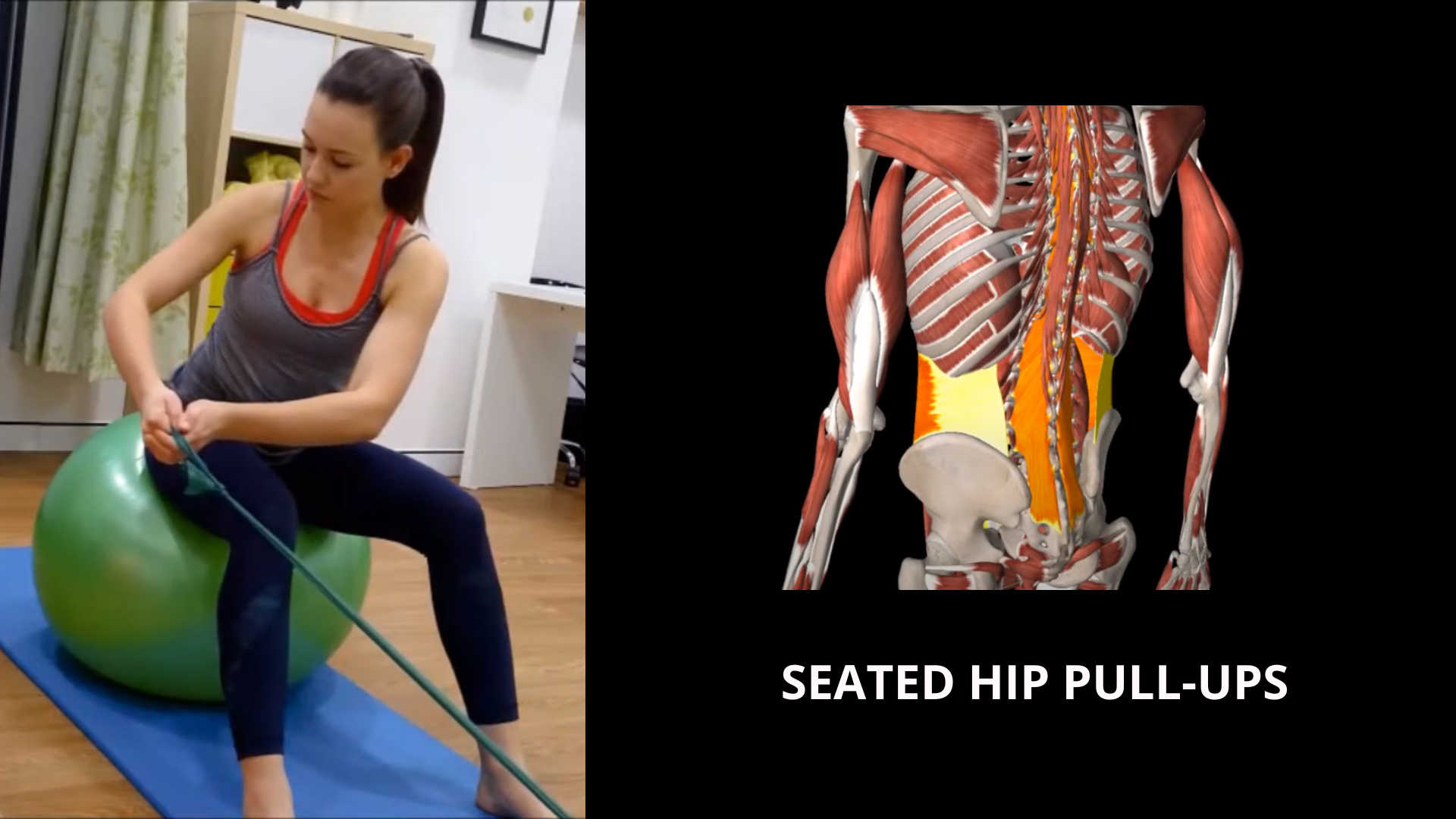


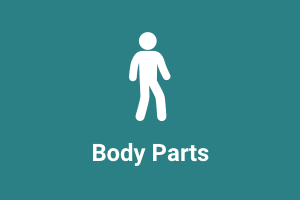



This supine core exercise targets deep abdominal muscles to support and protect the lower back. Ideal for anyone with back pain, desk workers, and individuals aiming to enhance core stability, it strengthens the core, reduces strain, and promotes better posture and back health.